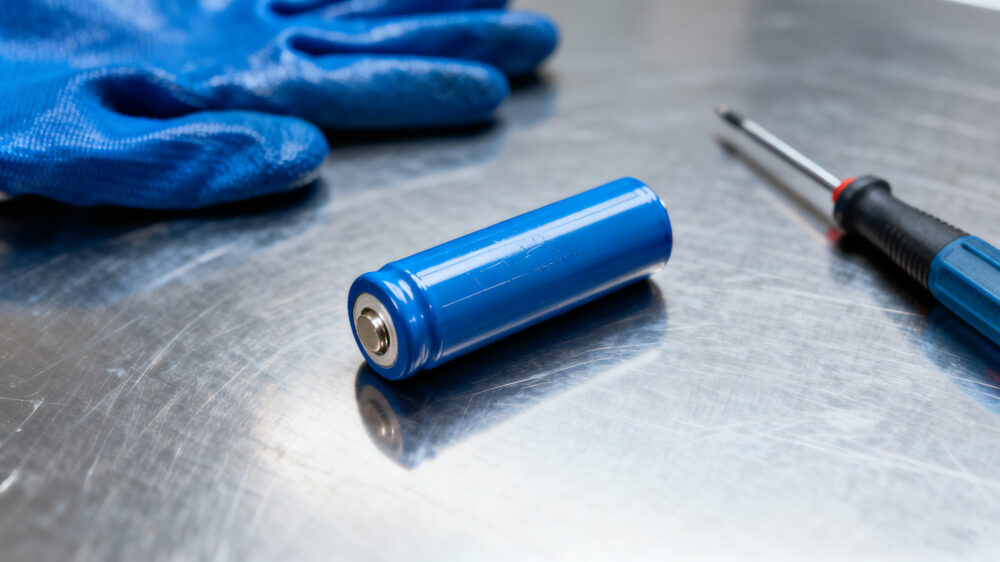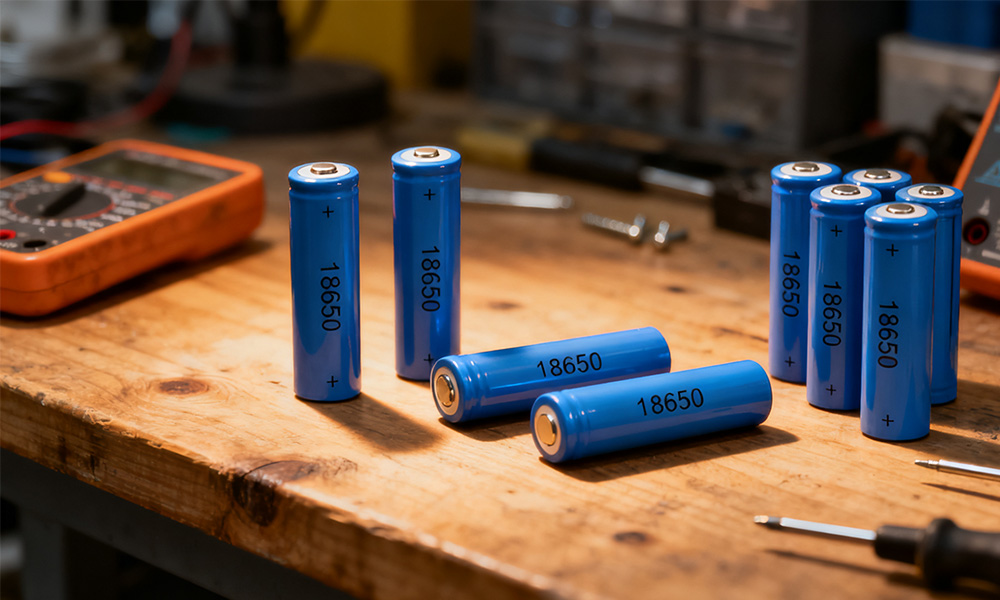If you’ve ever used a flashlight, an e-bike, or a power tool that runs on lithium batteries, chances are you’ve handled an 18650 cell. It’s compact, rechargeable, and delivers steady power — no wonder it’s so popular.
But once you work with them for a while, you start to see the other side. Let’s be honest — 18650 batteries have their share of problems. Below is a rundown of the most common ones you’ll run into, written from experience rather than a spec sheet.

1. The Price Isn’t as Friendly as It Looks
At first glance, a single cell doesn’t seem too expensive. But once you buy a decent charger, protection circuit, and a few spares, the total cost isn’t small. Building a proper setup costs more than most people expect. For small projects or personal tools, that upfront price can sting a bit.
2. Safety Risks You Can’t Ignore
One big concern is thermal runaway — that’s when a battery gets too hot and things go downhill fast. In the worst cases, it can catch fire or even explode. It’s not common, but it happens. Overcharging, physical damage, or cheap chargers often trigger it.
Anyone working with these batteries needs to stay cautious: use quality chargers, keep cells stored safely, and never mix old and new ones in the same pack.
3. Charging Requires Care and Patience
You can’t treat these like regular AA batteries. 18650s need the right voltage and current — no shortcuts. The wrong charger can damage the cells or shorten their lifespan. If you’ve ever felt a battery getting unusually warm while charging, that’s your sign something isn’t right.
4. They Don’t Handle Extreme Temperatures Well
Lithium cells hate temperature swings. In cold weather, the output drops sharply; in hot conditions, they age faster and can become unsafe. If you’re using them in outdoor setups like bike lights or solar gear, you’ll need to think about temperature more than you might expect.
5. Limited Energy in a Fixed Size
Despite their solid performance, 18650s don’t hold as much energy as newer, larger cells. Under heavy loads, they can struggle. For high-power applications, you often need multiple cells in parallel, which adds size and wiring complexity.
6. Fixed Shape and Size Constraints
“18650” literally means 18 mm wide and 65 mm long — and that’s it. No flexibility. This standard cylinder doesn’t always fit into modern compact or curved designs. Flat or flexible devices often have to use pouch or prismatic cells instead.
7. Gradual Capacity Loss Over Time
Even with good care, these batteries wear out. After hundreds of cycles, they lose capacity and voltage. You’ll notice your flashlight or e-bike doesn’t last as long as it used to. It’s not a defect — just normal aging.

8. Sensitive to Storage Conditions
Leaving them unused for months doesn’t mean they’ll stay perfect. They slowly self-discharge, and storing them fully charged in a hot spot makes it worse. Ideally, they should be stored half-charged in a cool, dry place — though few people actually do that.
9. Big Differences in Quality
Not all 18650s are made equally. Some are reliable; others are flat-out dangerous. Counterfeit and recycled cells are a real problem on the market. If you’ve ever bought cheap ones online, you’ve probably seen capacity numbers that don’t match reality. That’s why sourcing matters.
10. Transport and Regulation Hassles
Because they’re lithium-ion, shipping them — especially by air — is strictly controlled. That means extra paperwork, higher freight costs, and longer delivery times. It’s a headache for anyone who relies on bulk shipments or exports.
Final Thoughts
18650 batteries are powerful, efficient, and proven — but they’re not flawless. Understanding their weaknesses is part of using them responsibly. Use the right charger, avoid temperature extremes, and don’t push them beyond their limits.
They’re great batteries when treated right — but careless use turns them into a safety risk.


Leave a Reply